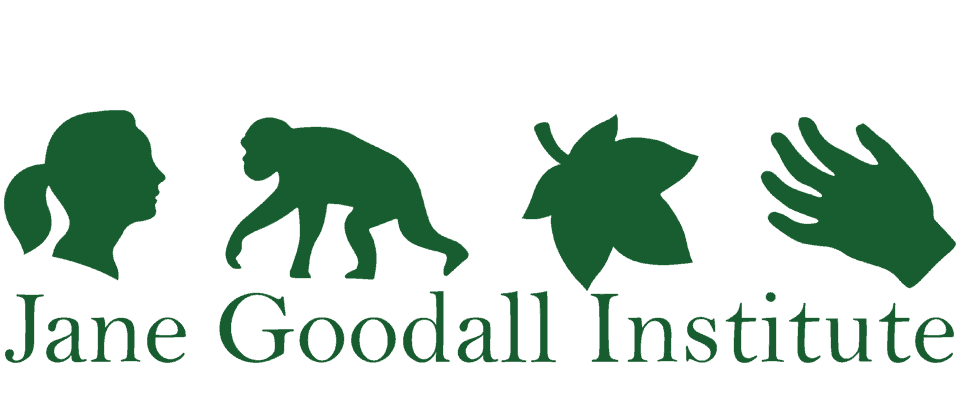 The institute got its entry to Nepal via another community engagement program, Roots & Shoots, a prominent program in the global Jane Goodall Foundation. Dr Jane Goodall is a prominent figure in the field of conservation. When Jane Goodall entered the forest of Gombe, the world knew very little about chimpanzees, and even less about their unique genetic kinship to humans. She took an unorthodox approach in her field research, immersing herself in their habitat and their lives to experience their complex society as a neighbor rather than a distant observer and coming to understand them not only as a species, but also as individuals with emotions and long-term bonds. Dr. Jane Goodall’s discovery in 1960 that chimpanzees make and use tools is considered one of the greatest achievements of twentieth-century scholarship. Her field research at Gombe transformed our understanding of chimpanzees and redefined the relationship between humans and animals in ways that continue to emanate around the world.
The institute got its entry to Nepal via another community engagement program, Roots & Shoots, a prominent program in the global Jane Goodall Foundation. Dr Jane Goodall is a prominent figure in the field of conservation. When Jane Goodall entered the forest of Gombe, the world knew very little about chimpanzees, and even less about their unique genetic kinship to humans. She took an unorthodox approach in her field research, immersing herself in their habitat and their lives to experience their complex society as a neighbor rather than a distant observer and coming to understand them not only as a species, but also as individuals with emotions and long-term bonds. Dr. Jane Goodall’s discovery in 1960 that chimpanzees make and use tools is considered one of the greatest achievements of twentieth-century scholarship. Her field research at Gombe transformed our understanding of chimpanzees and redefined the relationship between humans and animals in ways that continue to emanate around the world.
Living her legacy, she started the Jane Goodall Institute Nepal and since then an array of projects and activities have been encompassed within the structure. The institute here in Nepal has been slowly working with the local communities of Bardiya, Koshi Tappu and more to restore habitats of River Dolphins, Asiatic elephants and more. Currently the institute is working with Women in Nature Network to organize a conference that celebrates the women working in nature-environment conservation. This is a network of women who are active in nature conservation, whether it be in the field working hands on, in research, or at policy level. JGIN combines principles of animal welfare, community welfare and engagement tools and compassionate conservation techniques to achieve its goal of conserving what is there and restoring what was.
With main work being advocating and influence in policies that affect habitat restoration and conservation, JGIN, has created alliances with the on-ground conservationists, organizations working in similar capacities and communities that have seen and experienced loss of their natural environment overtime. This alliance has helped not only create a communal feeling in conservation in the said communities but also challenged the idea of conservation in a broader sense. The case against mass massacre of cattle in Gadhimai, was won through the same understanding and the program that brought the institute in the country, Roots & Shoots, also pushes for a similar relationship with nature and natural environment in young students. The brutality and challenge of the said case brought a lot of our misunderstandings about environmental conservation, our relationships with the same to the forefront, and Roots & shoots is a youth led community engagement education program. This program is designed to foster a relationship between young persons of our communities and their immediate environment. Working with schools and creating environment clubs, designing activities for the same is how R & S works. As of now the program is working with students to foster emotional connection with their immediate natural and man-made environments, develop their sense of responsibility towards maintaining cleaner and healthier balance in the local ecosystems and learn more through their own active participation. One of the programs that R & S is organizing and leans heavily into conservation is a Children’s Theater, or Children’s conservation theater. JGIN, along with PAN Nepal have recognized eight endangered species of fauna in Nepal as keystone species and named them Anautho Aath. This includes, leopards, brown bear, vultures, bumblebee, spiny babbler, river dolphin, asiatic elephant and pangolin. These animals and their habitats are essential in maintaining a healthy balance in their local and connecting ecosystems. Recognizing the need for educated awareness of the plight these animals are in due to our own actions, Roots & Shoots has moved forward with the theater program that brings together research on the animals, their status as an endangered animal, the butterfly effect of human actions that leads or led to the loss of their population and habitat, and our own selfish needs as humans to have a healthier environment in which to live and let live. Children’s theater is being designed in collaboration with Earthbeat collective, a theater group that has traveled all over Nepal to spread awareness and also engage the community in their own ways in conservation. This year we at JGIN and Roots & Shoots are creating plays on the Anautho Aath to highlight the impact of our actions on the ecosystems the animals belong to and also foster a deeper connection to nature among everyone who is a part of the project and also those who witness the play as an audience. There have been countless challenges and adversities throughout the journey and JGI Nepal has come a long way. However, through such intrinsic experiences, there have been impactful interventions on the ground where the whole concept of community and conservation go hand in hand. In coming days, the Jane Goodall Institute Nepal seeks to tread further to create a healthy and livable world for humans and animals alike creating intergenerational justice.











